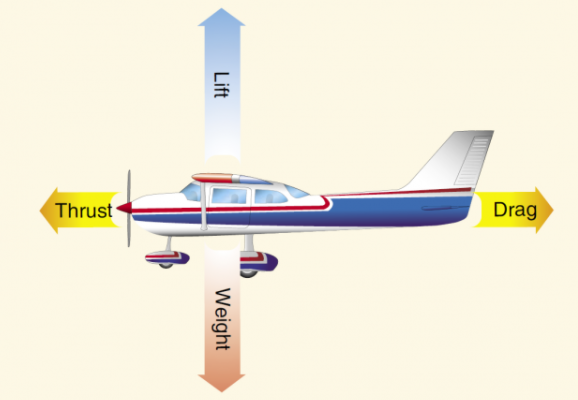Introduction:
How do airplanes fly?
There are many different types of aircraft, many of which utilize different designs for flight depending on the use of the aircraft. There are larger jet aircrafts, that utilize jets for propulsion, or smaller aircrafts that use propellers for propulsion. But no matter what kind of aircraft you are looking at, there are four main forces that keep the plane in flight. These different forces are as follows:
How do airplanes fly?
There are many different types of aircraft, many of which utilize different designs for flight depending on the use of the aircraft. There are larger jet aircrafts, that utilize jets for propulsion, or smaller aircrafts that use propellers for propulsion. But no matter what kind of aircraft you are looking at, there are four main forces that keep the plane in flight. These different forces are as follows:
- Weight: This force is due to the acceleration of gravity pushing down on the airplane.
- Drag: This is the force that opposes the motion of the aircraft, which is caused by air resistance. This is important as drag is used to slow the aircraft down.
- Lift: This is the force that causes the airplane to take flight. From the design of the wings, airflow is split on the wing, and causes a downward force that lifts the airplane off the ground.
- Thrust: Thrust is the force that pushes the airplane forward. When the thrust exceeds the drag and lift is generated, the aircraft is able to fly.
These four forces affect all the aspects of flight, such as taking off, landing, as well as maneuver of the airplane such as steering and going up and down. It is important to consider all of them when it comes to the shape and design of the aircraft. Understanding these forces and how they are affected will help us to overall better understand the physics of flying.
